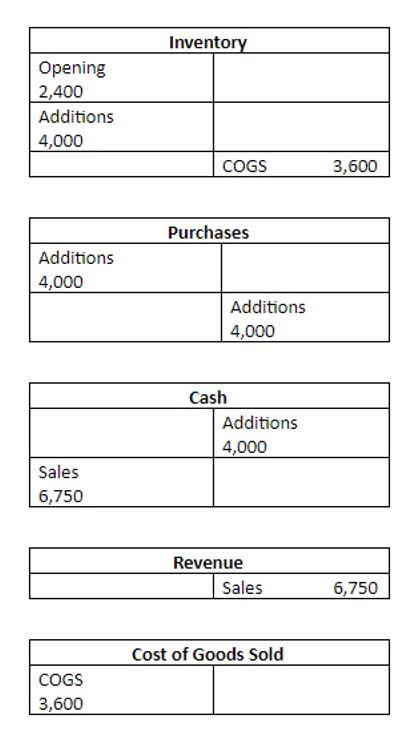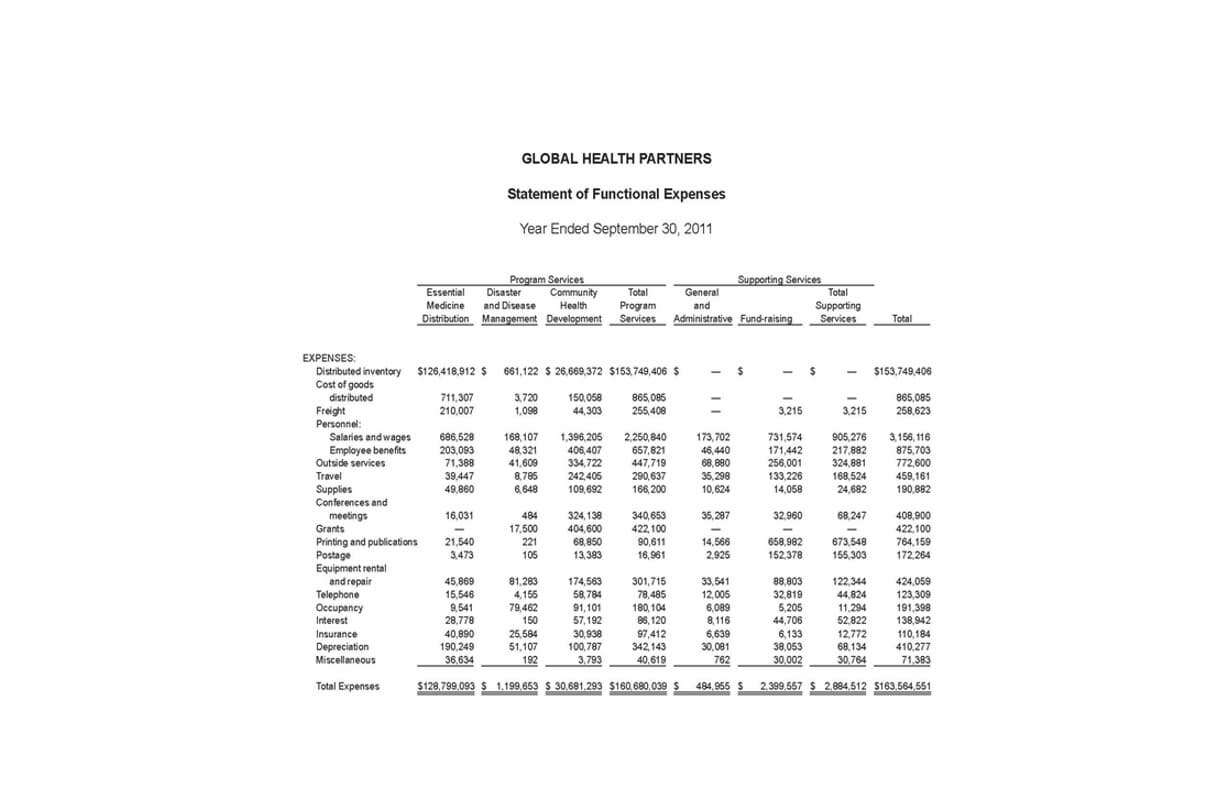T-Account: Definition, Example, Recording, and Benefits
Удаление способа оплаты из учетной записи Apple ID Служба поддержки Apple RU
July 21, 2023Filing taxes as an independent contractor: A step-by-step guide
July 26, 2023T-Account: Definition, Example, Recording, and Benefits

That’s why we’ve only gathered some of the most frequent financial activities businesses deal with in their day-to-day operating cycle. Now, every business has its own chart of accounts that depends on the industry they are a part of and the financial activities they lead. In this guide, we’ll be going through all the basics of T accounts, their uses in accounting, how to record them, and so much more. Shaun Conrad is a Certified Public Accountant and CPA exam expert with a passion for teaching.
- One of these accounts is always debited, while the other always credited.
- The main thing you need to know about debit and credit entries is that they are the equal and opposite sides of a financial transaction.
- On this transaction, Accounts Receivable has a debit of $1,200.
- A double entry system is considered complex and is employed by accountants or CPAs (Certified Public Accountants).
- However, since debits and credits are entered at the same time, these kinds of mistakes can be easier to catch if the accountant checks his numbers after every journal entry.
- Let’s check out some practical examples to put all of these accounting principles and T account rules into action.
A number of T accounts are typically clustered together to show all of the accounts affected by an accounting transaction. I regularly use T-accounts when preparing adjusting entries (accruals and deferrals). I begin by drawing two T-accounts, marking one as the balance sheet account, and one as the income statement account. The next step is to determine the amount that should be the correct ending balance for the balance sheet account.
How is the Income statement used in T Accounts?
We’ll make sure a financial professional gets back to you shortly. Still not convinced Deskera is the right choice for your business? Well, don’t take our word for it – give the software a try out yourself. This feature allows you to focus on specific dimensions and gain insightful knowledge regarding the financial health of your business. Let’s check out some practical examples to put all of these accounting principles and T account rules into action.

This visual guide helps you ensure figures are being posted in the correct way, potentially reducing data entry errors. Use the following transaction and t-account to determine the balance of Accounts Payable. Use the following transaction and t-account to determine the balance of Accounts Receivable.
Use Baremetrics to track your T accounts
I’m going to go through a really easy example to show double-entry accounting using T accounts in action. Let’s say you just sold a one-year premium subscription for $20,000 and your client paid in cash. Some accounts have a debit-side balance, while others have a credit-side balance.
So, to show this, T-accounts are usually displayed in pairs to show the impact of a complete business transaction in your accounts. One is to teach accounting, since it presents a clear representation of the flow of transactions through the accounts in which transactions are stored. A second use is to clarify more difficult accounting transactions, for the same reason. Let’s look at one of the journal entries from Printing Plus and fill in the corresponding ledgers.
Why You Can Trust Finance Strategists
The balance in this account is currently $20,000, because no other transactions have affected this account yet. A T-Account is a visual presentation of the journal entries recorded in a general ledger account. This T format graphically depicts the debits on the left side of the T and the credits on the right side. This system allows accountants and bookkeepers to easily track account balances and spot errors in journal entries. T-accounts can also be used to record changes to the income statement, where accounts can be set up for revenues (profits) and expenses (losses) of a firm.
To illustrate all accounts affected by an accounting transaction, a group of T-accounts is usually clustered together. The left side of the Account is always the debit side and the right side is always the credit side, no matter what the account is. Over 1.8 million professionals use CFI to learn accounting, financial analysis, modeling and more. Start with a free account to explore 20+ always-free courses and hundreds of finance templates and cheat sheets. Get stock recommendations, portfolio guidance, and more from The Motley Fool’s premium services.
This similarity extends to other retailers, from clothing stores to sporting goods to hardware. No matter the size of a company and no matter the product a company sells, the fundamental accounting entries remain the same. It is not taken from previous examples but is intended to stand alone. When filling in a journal, there are some rules you need to follow to improve journal entry organization. You’ll also want to then record every transaction again in your general ledger to have all transactions in one place.
- With that being said, the five most common types of accounts in financial accounting are assets, liabilities, expenses, revenue, and owner’s equity.
- Expenses decrease the owner’s equity and are recorded as debits, so the Utility Expense account will be debited for $150.
- This is posted to the Accounts Payable T-account on the credit side.
- Just below the T is the account title; debits appear on the left, while credits appear on the right, divided by a line.
- Use the following transaction and t-account to determine the balance of Accounts Payable.
- Understanding who buys gift cards, why, and when can be important in business planning.
- Debits and credits are accounting terms that have been used for hundreds of years and are still in use in the double-entry accounting system today.
The account balances are calculated by adding the debit and credit columns together. This sum is typically displayed at the bottom of the t accounts corresponding side of the account. A ledger is a complete record of all financial transactions for a company, organized by account.
